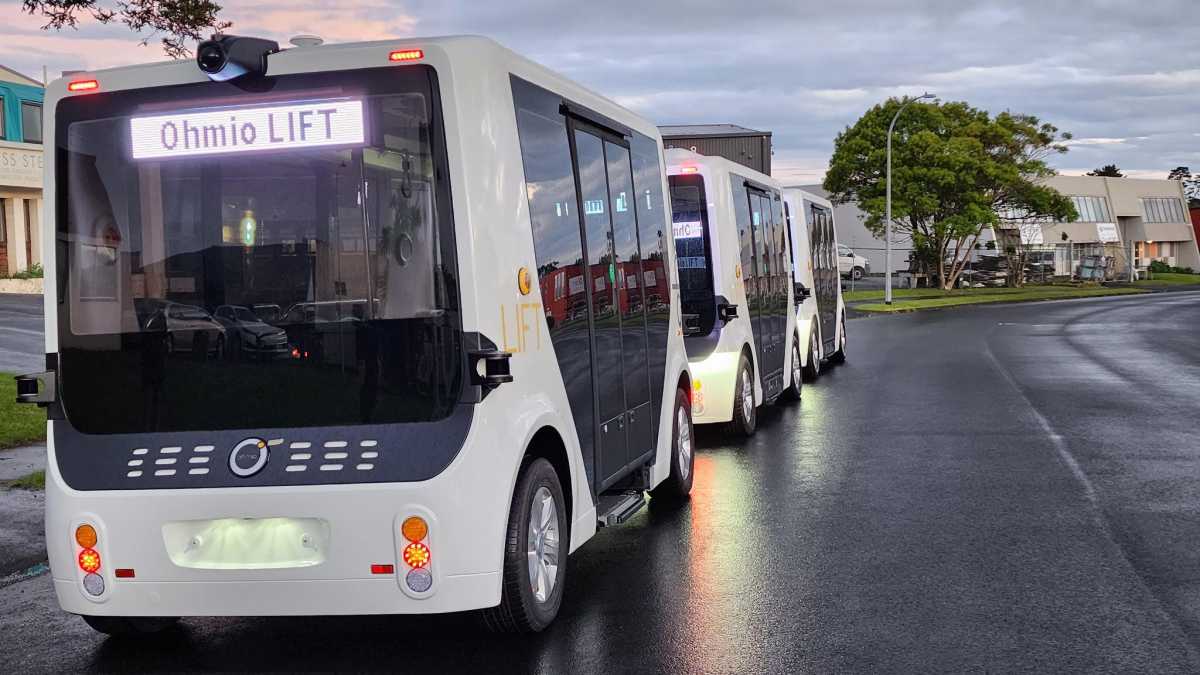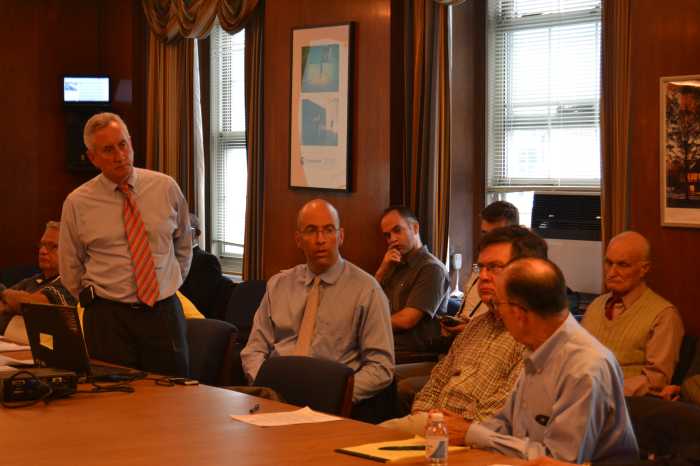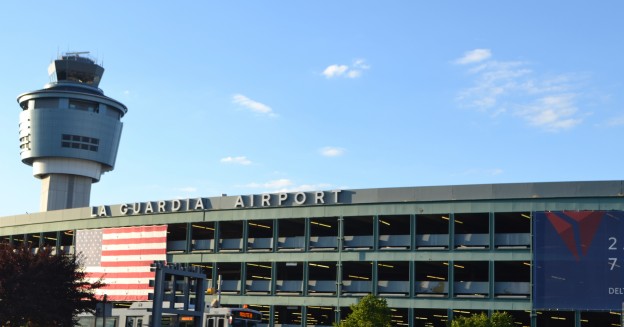The Port Authority of New York and New Jersey will take a second look into the future of ground transportation at JFK Airport in June.
The bi-state agency and Ohmio, a leading New Zealand-based autonomous mobility company, announced on Feb. 28 that they will host the country’s first three-vehicle platooning demonstration at a U.S. airport. The Port Authority also hosted a demonstration of two eight-passenger electric autonomous shuttles in a platoon at JFK in October to simulate how such technology could serve passengers in the future.
The Ohmio demonstration will focus on using eight-passenger driverless shuttles in a three-vehicle platoon on a closed road segment at the JFK Long Term Parking Lot. They will travel very closely together without any physical connection.
“We had great success in 2022 with this technology, and this second demonstration will allow us to evaluate and test a larger platoon at faster speeds,” Port Authority Chairman Kevin O’Toole said. “At the same time, we are actively looking at where we can apply AV technology within our footprint.”
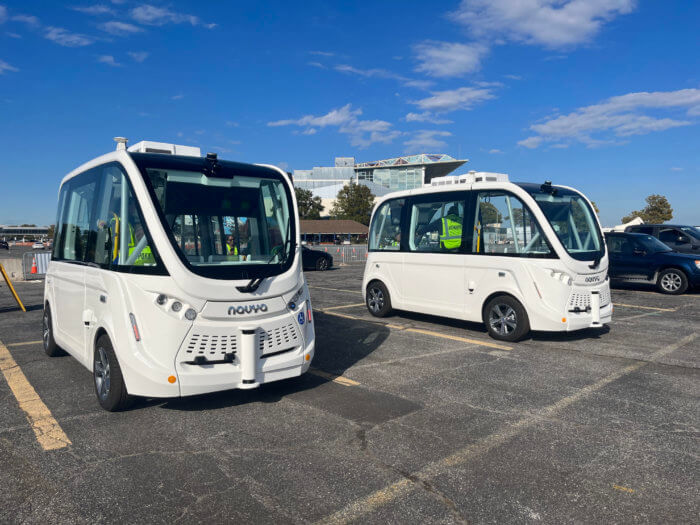
The Port Authority is looking to advance the use of autonomous technology in public transit to improve customer service and reliability and to increase capacity, such as piloting autonomous buses in the Lincoln Tunnel’s exclusive bus lane to increase service to the Midtown Bus Terminal during peak travel periods.
“The Port Authority seeks to be a leader in the region in testing and considering the use of autonomous technology in public transit,” Port Authority Executive Director Rick Cotton said. “In addition to the completion of our autonomous bus pilot at the Lincoln Tunnel, we look forward to the further testing of autonomous vehicle platoons and autonomous street sweepers, and applying the technology to potential last-mile solutions in 2023 to advance how we as an agency can keep the region moving.”
Autonomous vehicles, also known as AVs, are an important emerging technology to allow vehicles to operate safely and efficiently without a driver and successful demonstrations of AV platooning may prove particularly useful in airport environments to transport passengers in a single movement for short connections such as access to a nearby commuter rail station, an airport rental car facility or from the AirTrain station to the furthest ends of long-term parking lots.
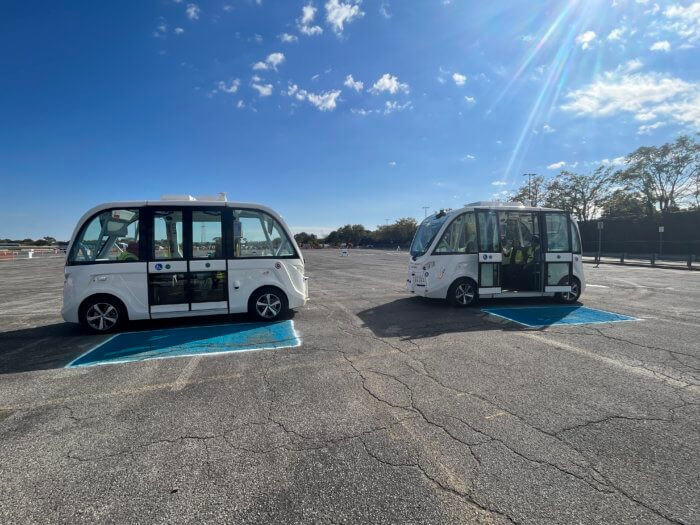
“This is a significant milestone for Ohmio,” Ohmio Executive Chairman Mohammed Hikmet said. “The company is excited to have this opportunity to demonstrate our latest technology. We look forward to a successful demonstration with the Port Authority in the New York metropolitan area and hope that this will be the first of many projects in the United States.”
Following the Ohmio platooning pilot at JFK, the agency will look for longer-term use cases such as moving passengers between parking lots and on-airport facilities.

